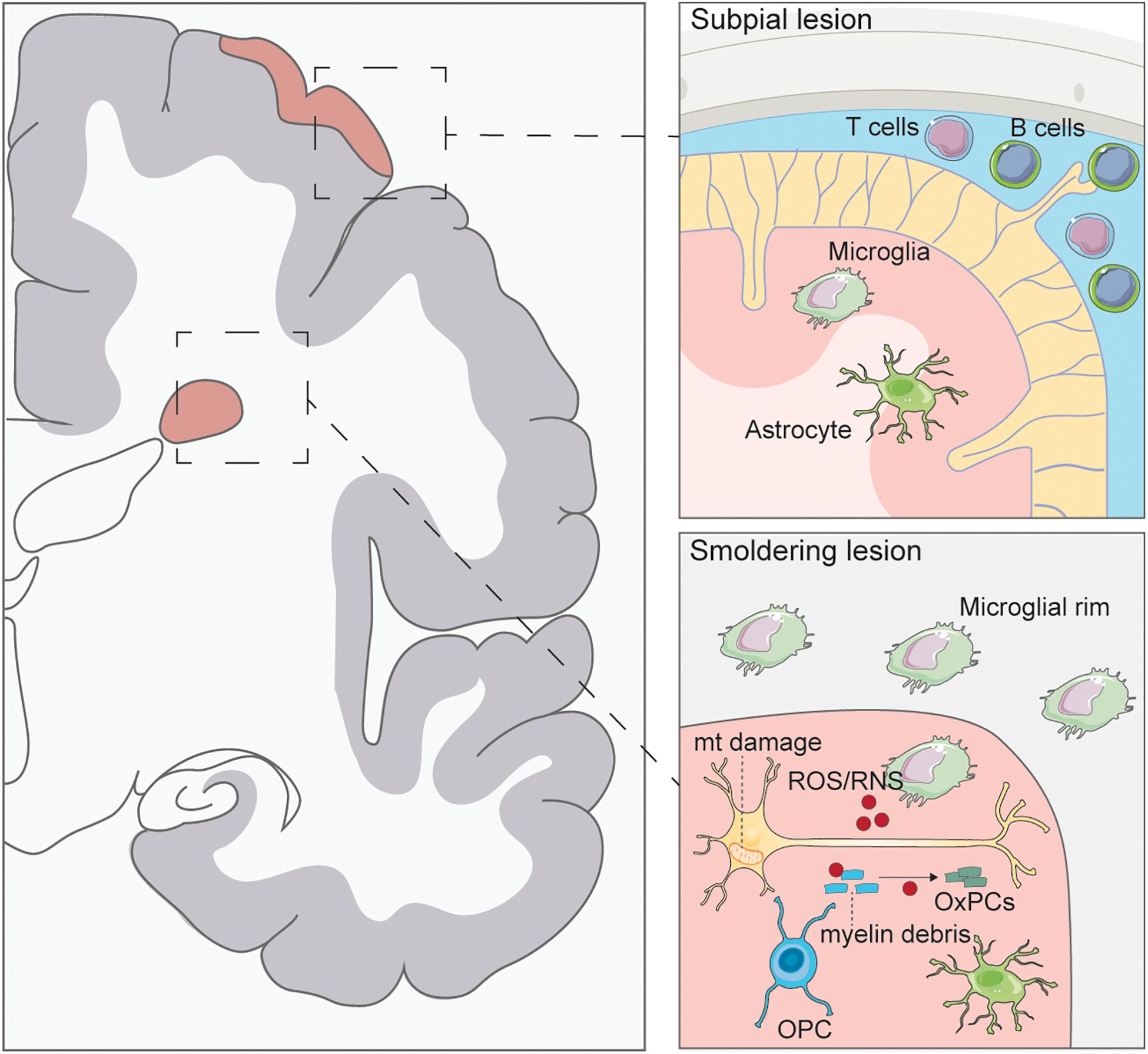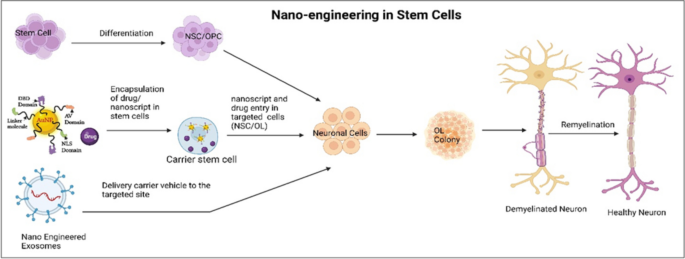Regenerative Medicine For Multiple Sclerosis - Truths
Wiki Article
The Ultimate Guide To Regenerative Medicine For Multiple Sclerosis
Table of ContentsHow Regenerative Medicine For Multiple Sclerosis can Save You Time, Stress, and Money.Some Of Regenerative Medicine For Multiple Sclerosis8 Easy Facts About Regenerative Medicine For Multiple Sclerosis DescribedRegenerative Medicine For Multiple Sclerosis Fundamentals ExplainedThe Basic Principles Of Regenerative Medicine For Multiple Sclerosis Getting My Regenerative Medicine For Multiple Sclerosis To Work5 Simple Techniques For Regenerative Medicine For Multiple Sclerosis
The mesenchymal stem cells transplanted throughout stem cell therapy can separate and grow to form brand-new cells that can replace the harmed cells of the anxious cells. This might bring back neurological functions in people with this condition. These benefits of stem cell therapy are additional supported by the ability of MSCs to advertise healing.Patients with several sclerosis are usually treated with mesenchymal stem cells. These are multipotent stem cells that have the capability to distinguish and grow to form a wide variety of cell types in the body. Once hair transplanted, these stem cells can create to create healthy afferent neuron therefore sustaining the regeneration of the damaged tissues of the nerve system.
Once hair transplanted, the stem cells migrate to locations of inflammation or damages within the central worried system (CNS). They are normally brought in to the websites of injury where the body immune system is striking the myelin sheath, the protective covering of nerve fibers. The stem cells work by promoting the repair and regrowth of harmed myelin, potentially recovering function to influenced afferent neuron.
How Regenerative Medicine For Multiple Sclerosis can Save You Time, Stress, and Money.
Stem Cell Study on MS The National Numerous Sclerosis Culture, along with other organizations, is actively funding and supporting research right into mesenchymal stem cell treatment for numerous sclerosis to explore their possible and enhance therapy methods. The objective is to develop much safer and more reliable means to use stem cells in dealing with MS.
About Regenerative Medicine For Multiple Sclerosis
Here are reviews from testimonials of the Swiss Medica clinic. The patient took a trip from Romania seeking therapy for MS after hearing positive comments about stem cell therapy for the disease.Get a complimentary online consultation to find out how stem cells will certainly work for your situation, and what are the period and price of the therapy. Clinical Expert, Swiss Medica medical professional Lemus, H. N., Warrington, A. E., & Rodriguez, M. (2018 ). Several Sclerosis: Devices of Condition and Methods for Myelin and Axonal Fixing.
Things about Regenerative Medicine For Multiple Sclerosis

Stem cells are cells in the body that can mature right into specialized cells that serve a specific function. They are also able to create exact copies of themselves. There are 2 primary kinds of stem cells: embryonic stem cells and adult stem cells. are found in the developing embryo and can grow into many sorts of cells in the body.
are located in some grown-up tissues and body organs including the bone marrow, skin, blood, and brain. Grown-up stem cells are not as flexible as beginning stem cells and are as a result a lot more restricted in regards to the kinds of cells they develop into. The distinct residential or commercial properties of stem cells offer promise for new therapies that can slow/halt MS illness activity and repair service tissue damages in the central nerves.
Not known Facts About Regenerative Medicine For Multiple Sclerosis

The procedure includes collecting stem cells from a person's very own (autologous) bone marrow. The individual is after that treated with chemotherapy to deplete the immune system and stem cells are reintroduced into the body where they grow right into new, healthy immune cells - Regenerative Medicine for Multiple Sclerosis. Stem cells can be injected right into the body in various methods

In 2000, the MS Society of Canada and MS Scientific Research study Structure moneyed a medical trial entailing HSC transplants, led by Drs. Mark Freedman and Harry Atkins from the Ottawa Hospital Study Institute/University of Ottawa. The aHSC treatment offered in Canada is a treatment that utilizes high-dose chemotherapy, also called conditioning.

Regenerative Medicine For Multiple Sclerosis - The Facts
Neural stem cells (NSC) are found in the mind and can mature into numerous sorts of mind cells including neurons, oligodendrocytes, and astrocytes. NSCs may serve to fix or safeguard the brain and regulate the body immune system. Early scientific trials in non-human primates showed that therapy with NSCs profited the progression of MS-like illness in pet designs.The outcomes from these safety researches are favorable for future stem cell and regenerative medication treatments in MS. Future professional trials (stage 2 and 3) with bigger varieties of participants and controls are essential to assess the effectiveness of this therapy for MS. As shown by the examples over, there is a vast variety of research taking location that will supply added responses concerning using stem cells to treat MS.
Stem cell treatment is considered risk-free, yet, like any type of clinical procedure, it carries some dangers, such as temporary swelling or pain at the injection website. However, major negative effects are rare when carried out by certified professionals.
About Regenerative Medicine For Multiple Sclerosis
Multiple sclerosis (MS) is a chronic illness of the main anxious system that affects the mind and spine. It is identified by the degradation of myelin, a material that covers nerve fibers, resulting in disturbances in communication in between the brain and the rest of the body. Symptoms can vary commonly and consist of muscle weakness, vision problems, imbalance, and exhaustion.Multiple sclerosis is defined by the body immune system mistakenly striking the safety sheath (myelin) that covers nerve fibers, causing communication issues between the brain and the rest of the body. The illness can result in the damage or irreversible damage of nerves. Signs vary commonly among clients and can consist of exhaustion, movement concerns, pain, and cognitive modifications.
Report this wiki page